How the Inflation Reduction Act Will Accelerate the Case for Investing in the Circular Economy in the United States
August 18, 2022
Earlier this week, the United States Congress passed the Inflation Reduction Act (IRA), the most sweeping collection of climate change-related programs in decades. The bill is being heralded as helping to get the U.S. back on track with the country’s Paris Agreement commitments––among these, limiting temperature rise to 2 degrees Celsius, with an agreement to aim for a 1.5 degree Celsius limit.
With 70% of greenhouse gas emissions associated with the production and use of products, this bill will also have sweeping implications for the transition to the circular economy. As a leader in the earliest stages of circular economy investing, Closed Loop Ventures Group (CLVG) set out to identify the primary ways the IRA will accelerate the transition to a climate-positive future with circularity at its core:
- The IRA may provide an accelerant for new, circular markets domestically.
To advance a much-needed renewable energy transition, the IRA directly encourages investments in solar and wind generating assets and energy efficiency upgrades in commercial and residential buildings. These new installations will not only require ample raw material – they will also accelerate the need for end-of-life solutions for energy infrastructure being replaced or systems being repowered. In solar, for example, annual capacity additions are expected to increase from 10 GW in 2020 to nearly 50 GW per year in 2025-6.[1]
As supply chain constraints continue, especially for products sourced from challenging geopolitical climates, recovering materials already in use will become increasingly desirable – and economically viable. This is a huge opportunity for companies focused on effective, at-scale reclamation and recycling – such as CLVG’s portfolio company, SOLARCYCLE. SOLARCYCLE is focused on recovering solar panel materials for resale, ultimately providing materials that can be sourced into new, domestic manufacturing.
Many of the tax credits introduced or expanded by the IRA have specific provisions related to domestic manufacturing – including for electric vehicle batteries. As domestic manufacturing scales to take advantage of these tailwinds, access to low-cost, locally sourced input materials, including those that are reclaimed from the value chain, will be paramount. This creates opportunities for companies focused on recovery of hard-to-recycle materials that can be incentivized with IRA rebates or credits – everything from battery materials to boilers and air conditioners, insulation, roofing and windows. Early-stage companies that are seeking scalable solutions for recovery and reuse across these markets may capitalize on opportunities from the legislation.
Not only does the IRA amplify the need for companies that can help reclaim products at end-of-life, but it also reinforces the opportunity for low-carbon, circular solutions for energy-intensive industries – such as steel, iron, concrete, glass and chemical production. Indeed, nearly $5B in capital is allocated to continue the push for low-carbon building materials, especially in public infrastructure projects. This is following on previous Executive Orders related to net-zero government procurement which aspire toward net-zero public procurement by 2050, including for carbon-intense materials like steel and concrete.[2]– To date, there are few – if any – commercial scale, low-carbon solutions for much of this procurement, meaning significant innovation will be needed in the coming years to make at-scale, carbon neutral production possible.
Beyond investment in renewables, the bill also has provisions that seek to enable investment into waste-to-energy and biogas operations, including expansions and modifications to existing tax credits. This creates opportunities for new, waste-generated, clean energy sources. Green hydrogen, which can be produced from waste biomass and other reclaimed sources, is well positioned with additional production tax credits. Through provisions for residential homeowners, home energy efficiency upgrades for electric heat pumps or window replacements can be much more accessible, even creating opportunities to bundle with circularity-enabling products like home anaerobic digesters, such as those developed by CLVG’s portfolio company, HomeBiogas. The biogas company creates modular household and commercial anaerobic digester units that convert food and organic waste into renewable energy and liquid fertilizer.
- The IRA may facilitate environmental remediation on an unprecedented scale.
The bill is heavily focused on the identification and remediation of pollution to air, water and soil systems, as well as the fortification of soil and water for the future – including a specific focus on ports. CLVG’s portfolio company, Accelerated Filtration, supports this mandate by offering fine particle filtration across a range of industries and applications, helping reduce the flow of wastewater into the environment. Nonetheless, there continue to be pollutants – PFAS and 1,4 dioxane among them – that do not yet have commercialized solutions for remediation. More innovations are needed to mitigate the future risk of all types of pollutants leaching into the environment upon disposal.
Additionally, more than $20B is provided in the IRA to support the uptake of sustainable agricultural practices, including regenerative farming solutions and financing for innovations that can improve conditions for livestock raising. The question of how best to engage farmers on these topics continues to be top-of-mind – after all, the intent is to create a win-win situation, where farmers can both increase profits and enhance the quality of the land that they are growing on for today and the future. Ucrop.it, a CLVG portfolio company, has developed a novel solution to this problem with a free platform that fully tracks crops throughout the development cycle, leveraging blockchain to prove the application of climate-positive agriculture practices, which flows through to customers, enabling full transparency and traceability. Companies innovating upstream in the food and agriculture value chains – from soil health and vertical farming to livestock management, have a strong dual mandate that is reinforced by the innovation capital in the bill.
- The IRA may allow for other enablers of circularity––notably, financing.
There continues to be more demand than supply of financing for circularity-enabling solutions to accelerate a climate-positive future. In particular, asset-heavy solutions that require commercialization of large-scale manufacturing or materials recovery facilities find it difficult to scale from pilot stage. This is yet another space in which the IRA is helping to close gaps and accelerate progress on circularity. By providing additional capital – in the form of grants, loans and concessionary capital – through national labs, the Department of Energy LPO, and even the formation of a Federal Green Bank, the IRA may enhance the dry powder available for early-stage climate tech and circularity-enabling solutions that accelerate our progress toward a climate-positive future. Closed Loop Partners continues to be energized about the crowding in of additional capital into the earliest stages of the space to facilitate the transition to a fully circular ecosystem––one that brings us closer to achieving our shared climate goals.
[1] https://repeatproject.org/docs/REPEAT_IRA_Prelminary_Report_2022-08-04.pdf
[2] https://www.sustainability.gov/federalsustainabilityplan/procurement.html
Disclaimer:
This publication is for informational purposes only, and nothing contained herein constitutes an offer to sell or a solicitation of an offer to buy any interest in any investment vehicle managed by Closed Loop Capital Management or any company in which Closed Loop Capital Management or its affiliates have invested. An offer or solicitation will be made only through a final private placement memorandum, subscription agreement and other related documents with respect to a particular investment opportunity and will be subject to the terms and conditions contained in such documents, including the qualifications necessary to become an investor. Closed Loop Capital Management does not utilize its website to provide investment or other advice, and nothing contained herein constitutes a comprehensive or complete statement of the matters discussed or the law relating thereto. Information provided reflects Closed Loop Capital Management’s views as of a particur time and are subject to change without notice. You should obtain relevant and specific professional advice before making any investment decision. Certain information on this Website may contain forward-looking statements, which are subject to risks and uncertainties and speak only as of the date on which they are made. The words “believe”, “expect”, “anticipate”, “optimistic”, “intend”, “aim”, “will” or similar expressions are intended to identify forward-looking statements. Closed Loop Capital Management undertakes no obligation to update publicly or revise any forward-looking statements, whether as a result of new information, future developments or otherwise. Past performance is not indicative of future results; no representation is being made that any investment or transaction will or is likely to achieve profits or losses similar to those achieved in the past, or that significant losses will be avoided.
Related posts

Blog Post
How AI Can Reduce Food Waste at Restaurants
Closed Loop Ventures Group led the seed investment...
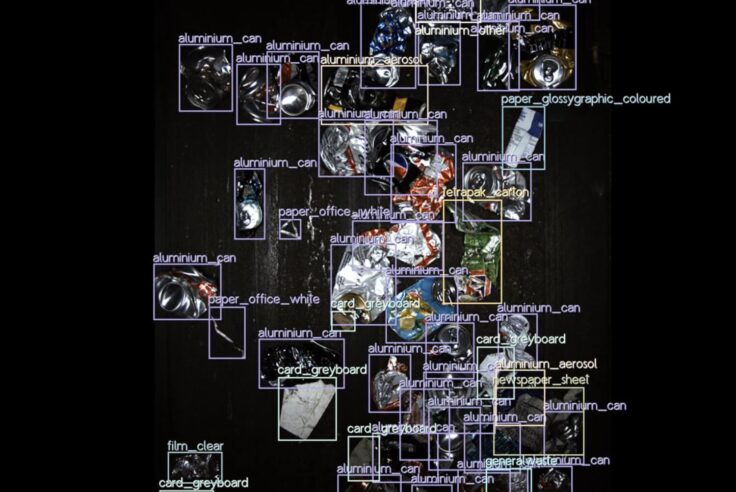
Press Release
New Data Reveals High Quantities of Food-Grade Polypropylene...
Closed Loop Partners’ Center for the Circular Economy...

Press Release
Closed Loop Partners and U.S. Plastics Pact Identify...
Packaging types primed for reuse lay the groundwork...
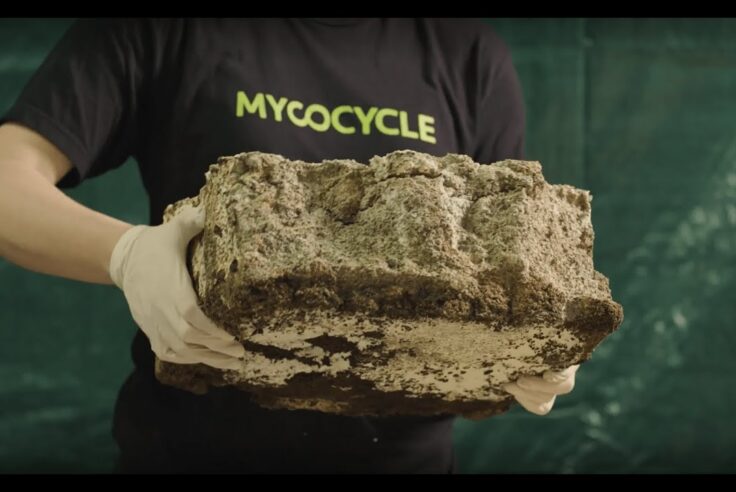
Blog Post
Why We Invested in Mycocycle: Nature-Inspired Circular...
Closed Loop Partners’ Ventures Group saw a key opportunity...
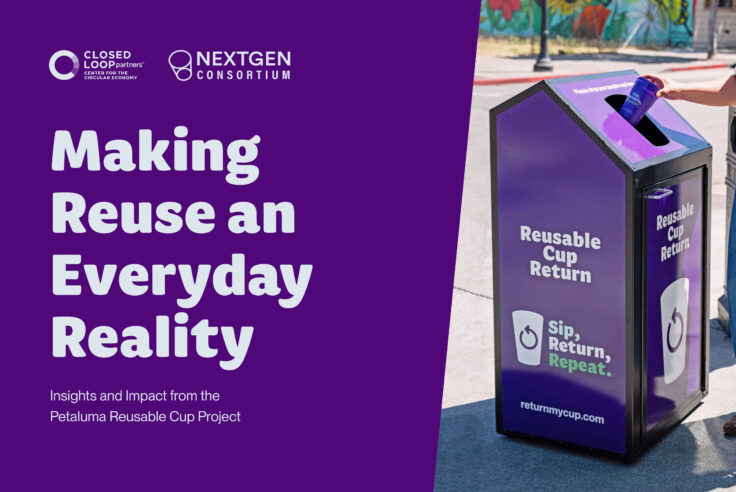
Press Release
Groundbreaking Results From Citywide Petaluma Reuse...
The Petaluma Reusable Cup Project from the NextGen...
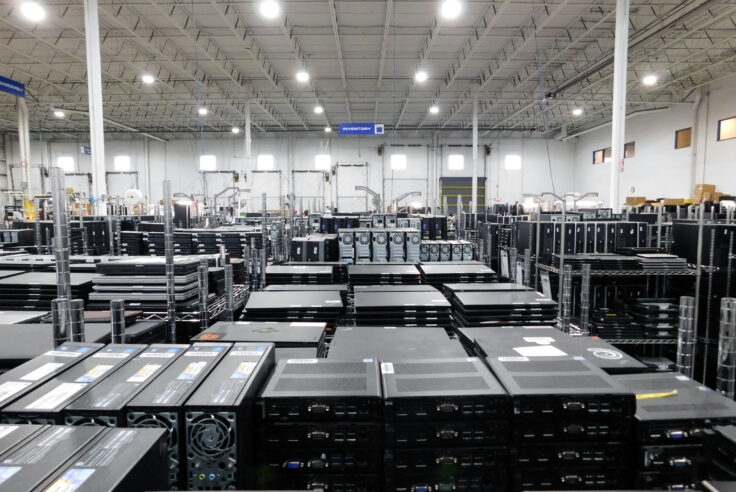
Press Release
Closed Loop Partners’ Portfolio Company, Sage Sustainable...
The bolt-on acquisition scales Sage’s end-to-end...

Press Release
Closed Loop Partners Unveils Groundbreaking Findings...
Closed Loop Partners’ Center for the Circular Economy...

Press Release
Capricorn Investment Group Backs Closed Loop Partners...
The partnership signals tailwinds behind the circular...

Blog Post
8 Tips to Navigate Life Cycle Assessments for Circular...
Closed Loop Partners’ Center for the Circular Economy...
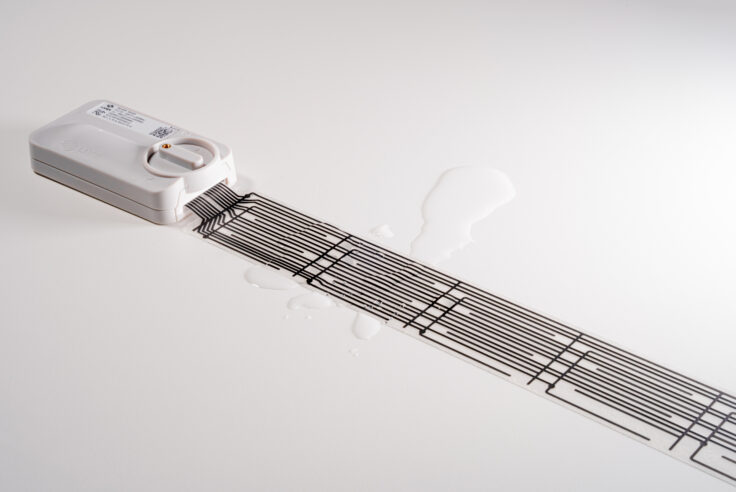
Press Release
Closed Loop Partners Leads $4M Seed Round for LAIIER,...
Investment in the innovative liquid leak detection...

Blog Post
The Key to a Strong Local Economy? It Must Be Circular.
4 ways the circular economy unlocks local value.
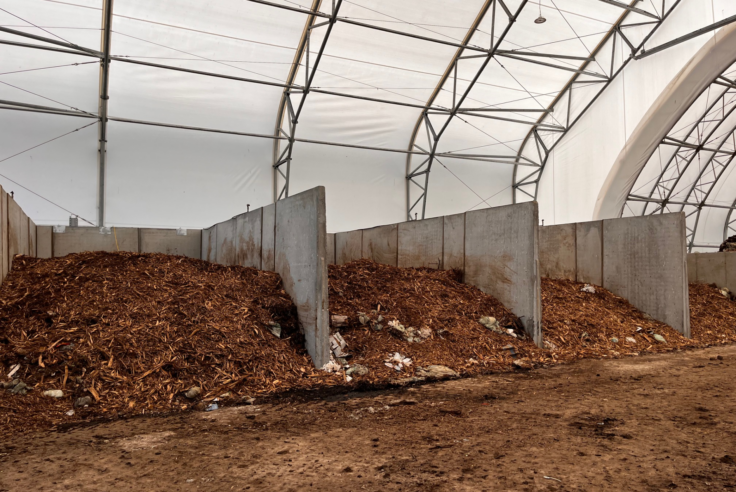
Blog Post
Why More Composters Are Recovering Food Scraps and...
Black Earth Compost and Glacial Ridge Composting Facility...
